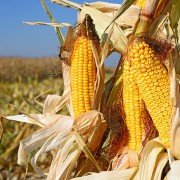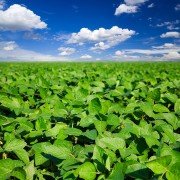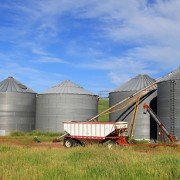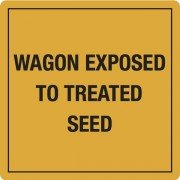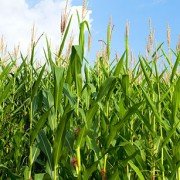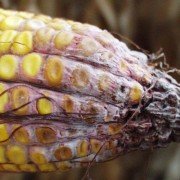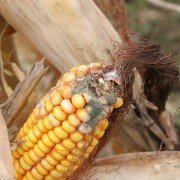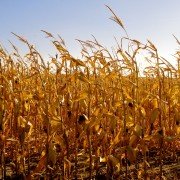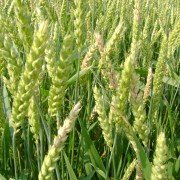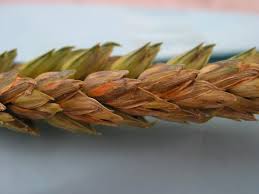The young are on board, literally
In Ontario’s Northumberland County, young farmers make up the majority on many commodity and farm boards. Here’s how we do it
There’s nothing like an unexpected dinner invitation to get the attention of a person who is normally responsible for daily meal preparation. The invitation arrived by text, and it didn’t take long to figure out whether to accept. Accept first, I said. Ask questions later.
When I did ask the question, I was right to think there might be a reason. “Be ready to explain why our executive is so young,” was basically how the next text read in response. Read more



